12:20-1:45 Tuesday 10/06/2020
I got to go to my sit-spot a little earlier this week since my professor ended class early. When I go to my spot I was originally going to observe this bush I had seen last time when exploring my sit-spot but I decided against it since it was further away then where I usually am. So, I decided to observe a different organism. The organism I chose was a tree that is common in the area I occupy when doing my sit-spots. The tree is located behind and to the right of the pine tree with the bird house attached to it. The tree ended up being a River Birch Tree (Betula Nigra).
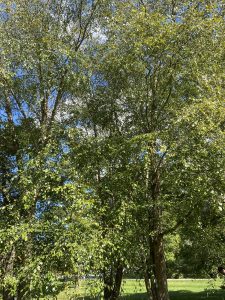
River Birch Tree
When observing the birch tree the first thing I took notice of was the bark. It was a pale grey color and it had a lot of texture. I feel like the bark is one of the most defining features of this tree. When you touch the bark its flaky and peels off very easily. The next thing I observed were the leaves. They lean more towards the smaller side regarding their size and they have very rigged pointy edges. I also observed a very interesting feature about the branches. The branches closer to the trunk are thicker and the further away the branches are from the trunk the thinner it gets. The branches also lean and hang over and touch the ground. The birch tree is very green and vibrant. The height of this tree is very tall and I struggled to get a picture of the full thing.
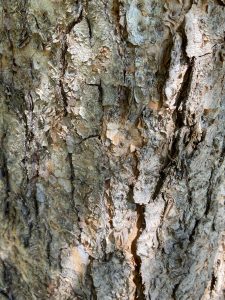
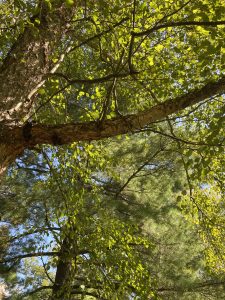


I knew that when observing my organism I was not going to be able to identify it just off my observation. So, I turned to the internet for help identifying my tree. I ended up using this really great app called PictureThis that allows you to take pictures and it will help you identify it. The app also allows you to see pictures taken by others as well so you can compare them to see if its right! I also got all my information from there as well because there is a whole section dedicated to info regarding the organism. I thought this part was really fun because it was really convenient to have all this right in my hands and I didn’t need to use multiple resources. I feel like this process of identifying this organism would’ve been difficult had I not had the option to use the internet.
The River Birch Tree can go by many names including (Black, Swamp, and Water Birch). The River Birch needs lots of water. That makes since because the birches at my sit-spot are right by the pond. They are pretty sensitive to fluctuations in moisture and are commonly found in 2-9 hardiness zones. A good majority of birch trees are adapted to temperate climates while some are adapted to moister ones. A birch tree will flourish in soils that are moist but not completely wet ones. The birch tree should get an average of 6-8 hrs of sunlight a day. They should also be in semi-shaded areas because the roots are heat sensitive and can overheat easily. The birch tree at my sit-spot combats that because the way the branches are set up they create their own canopy right over their roots and give them shade. Lastly, River Birches are really tall. They can grow between 50-90ft and live to 50 to 150 years.
Overall, I thought this was really fun. I think this was my favorite sit-spot so far. I think choosing an organism of my choice and observing it, taking notes on it, and then identifying it was nice. I hope to do this again in a future sit-spot because I saw a lot of organisms that I didn’t know of while exploring the surrounding area and I would like to get to be able to name them in the future.
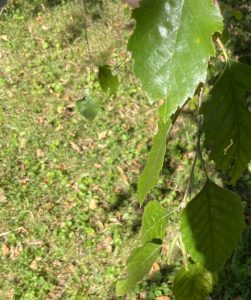
Leaves

Tree Canopy

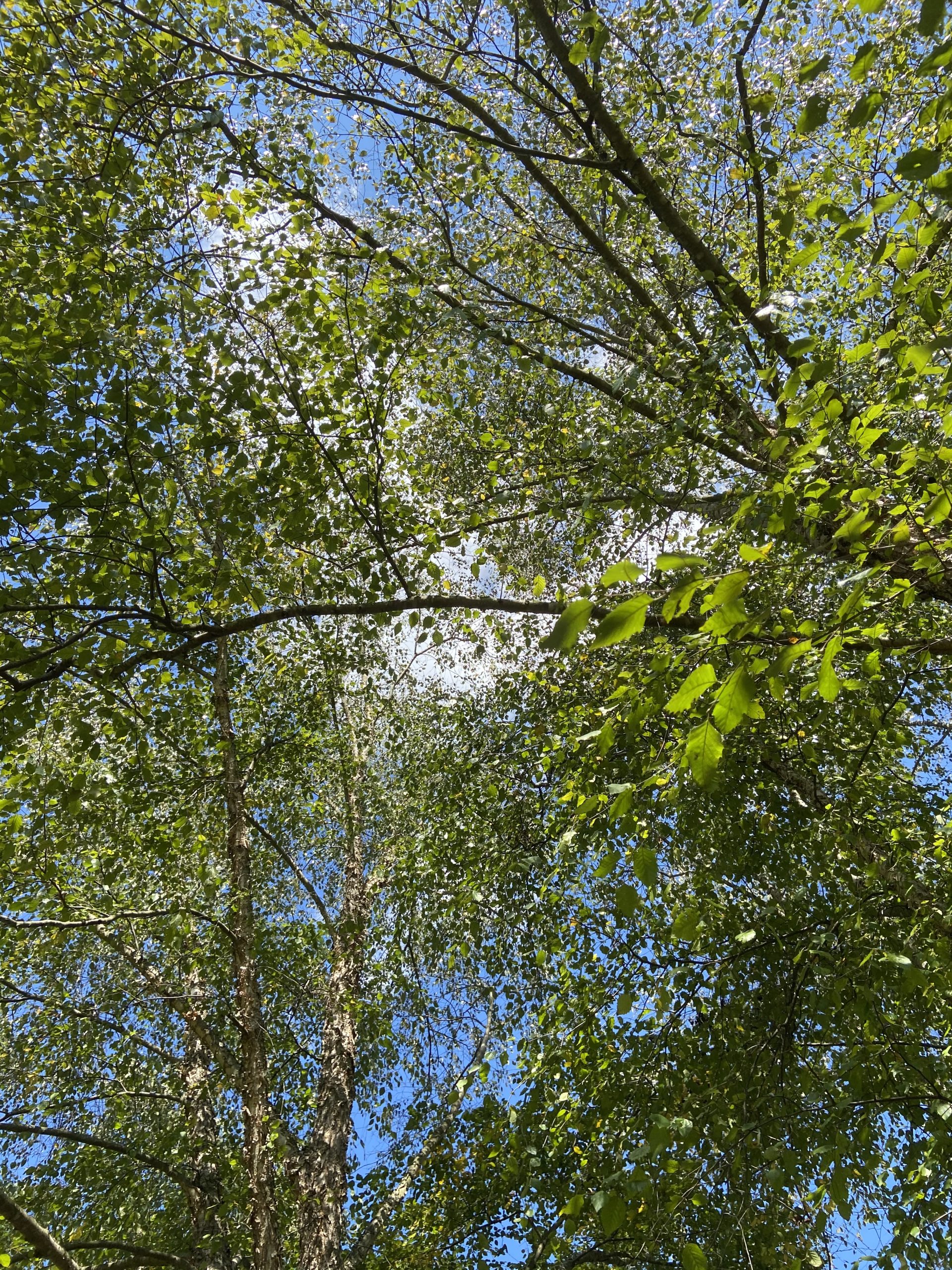
Leave A Comment
You must be logged in to post a comment.